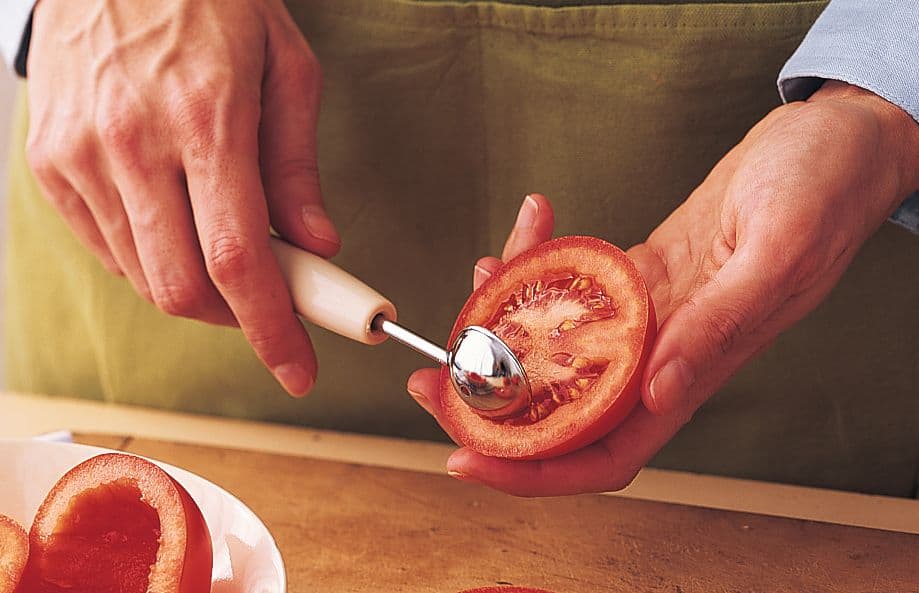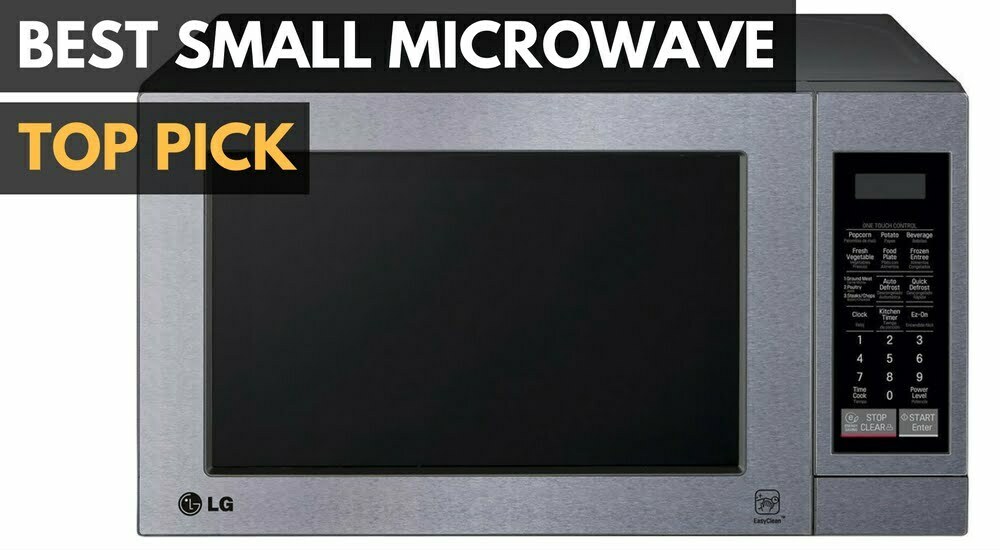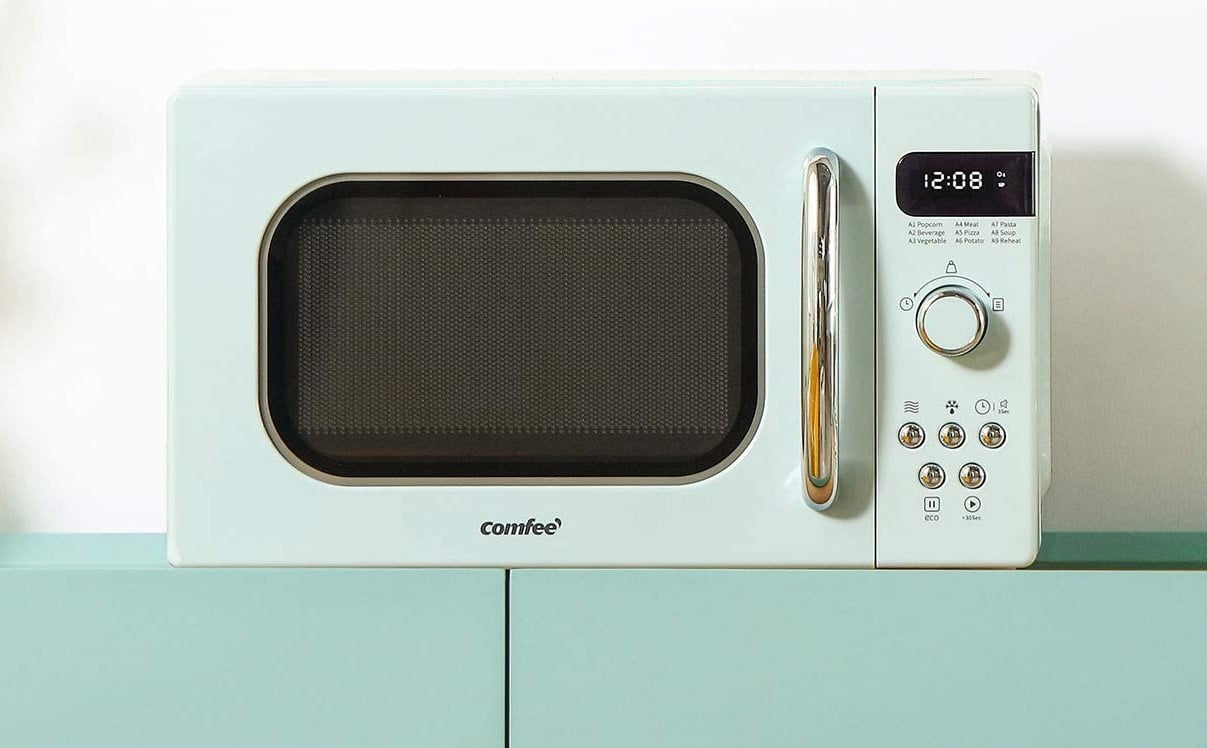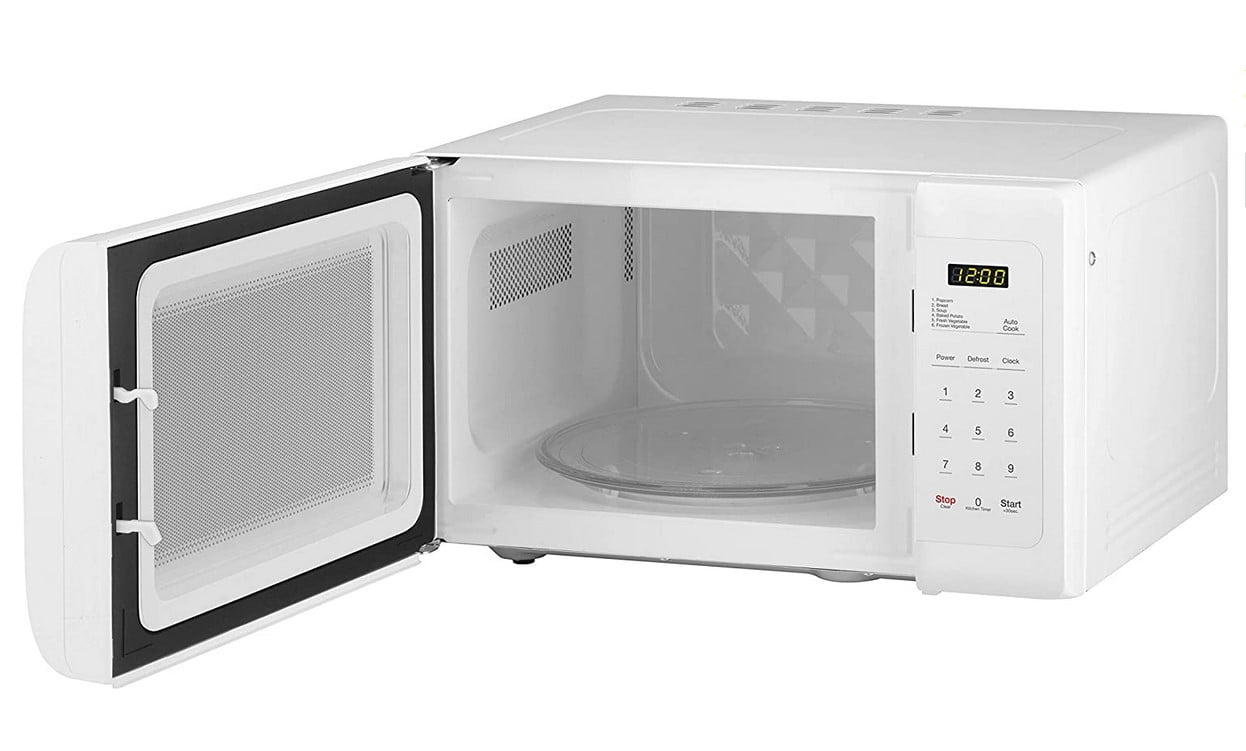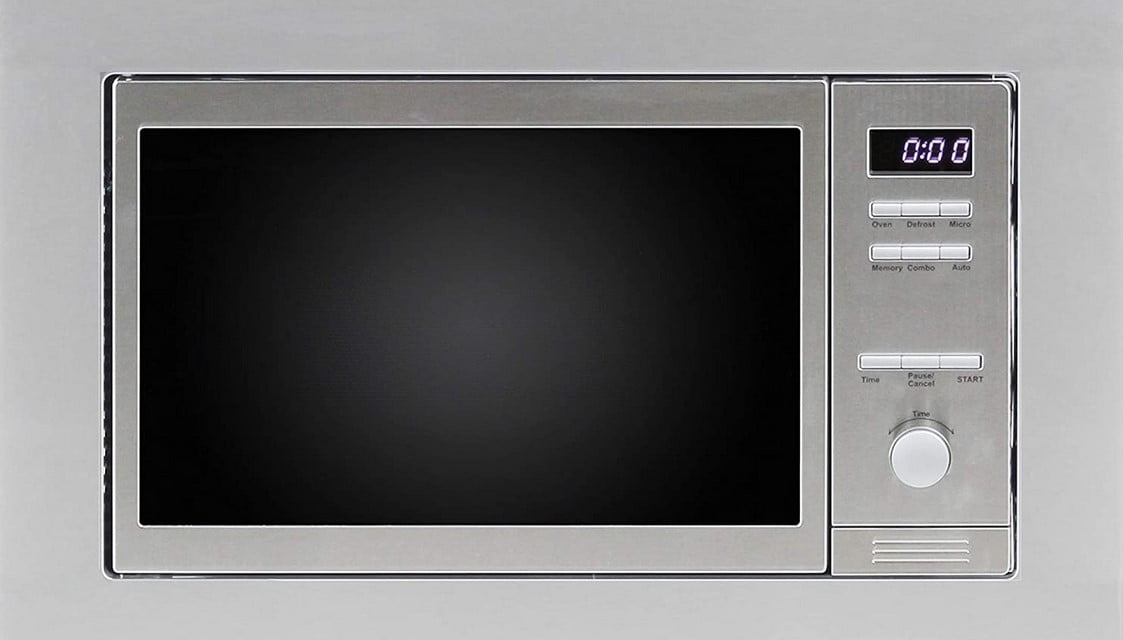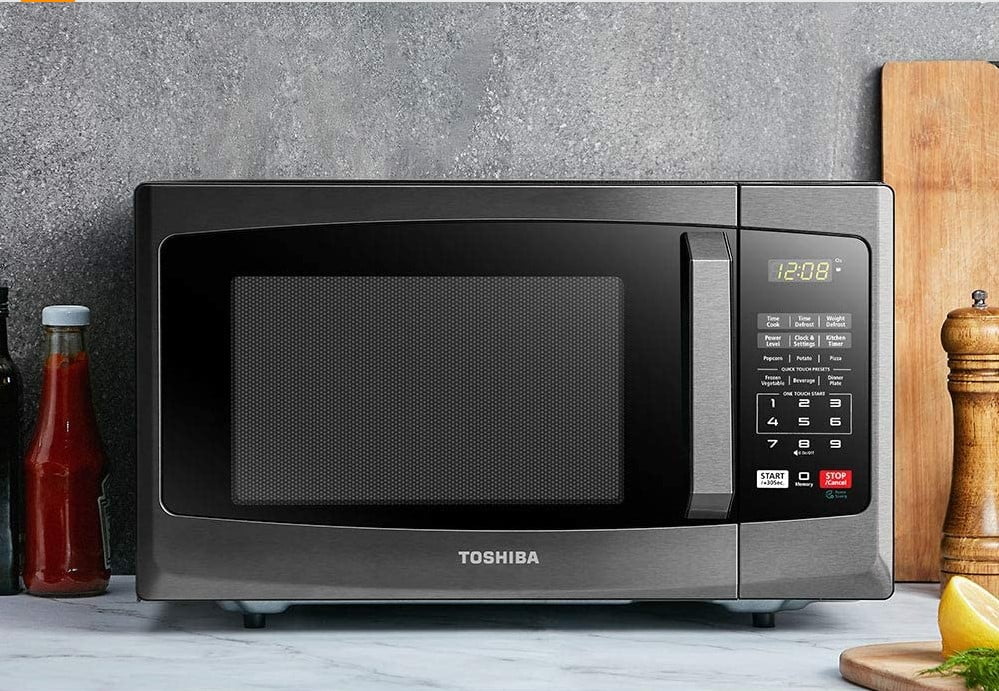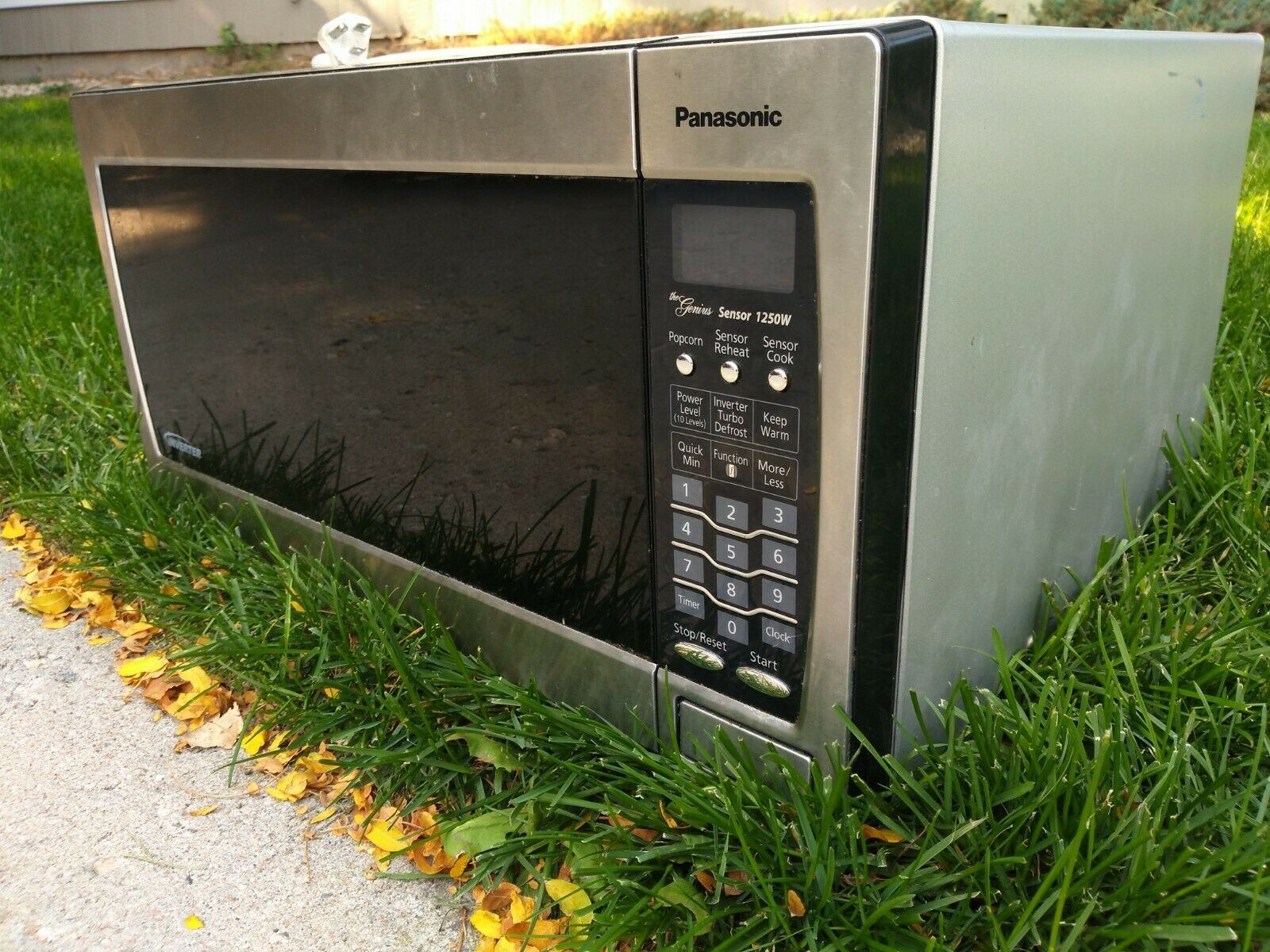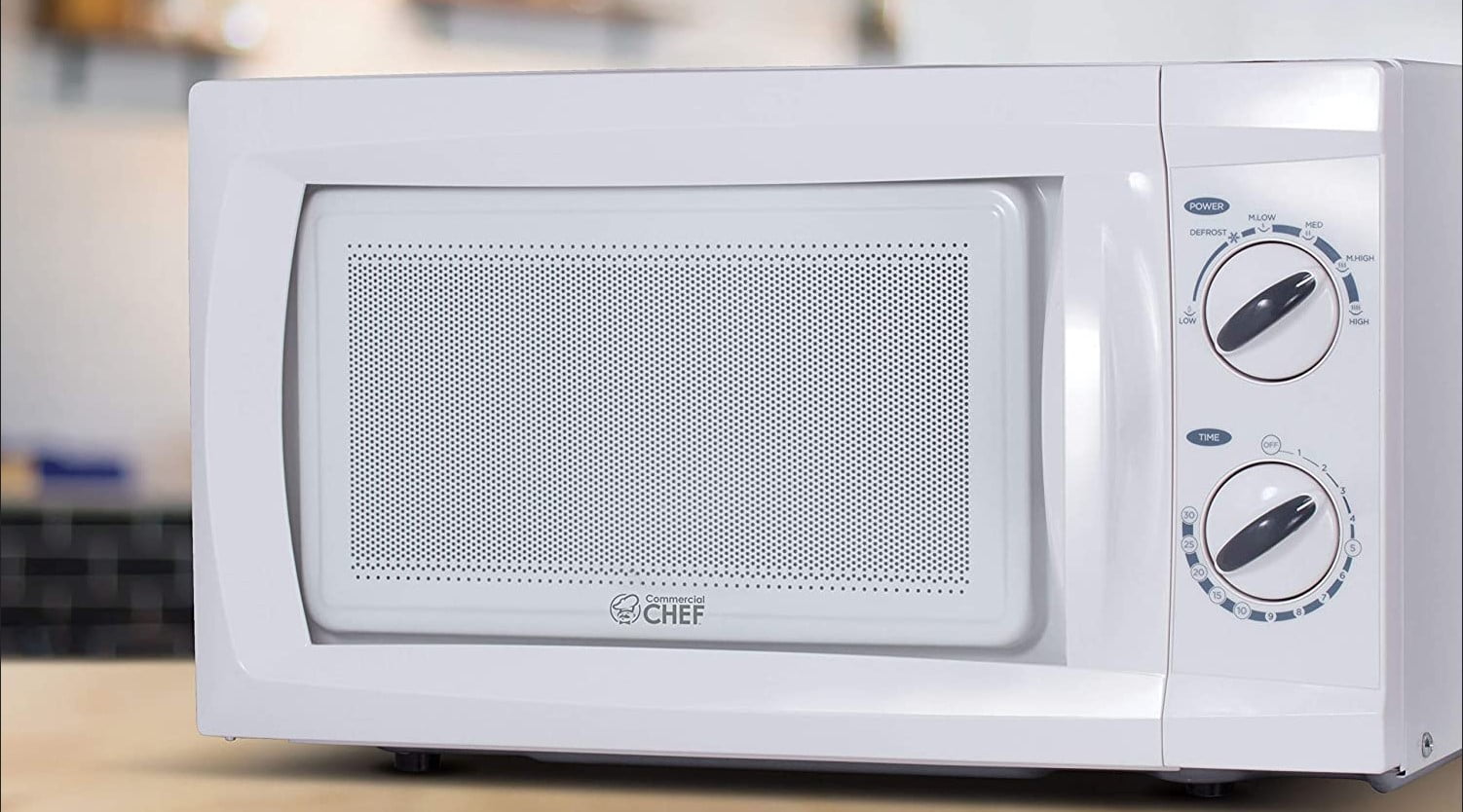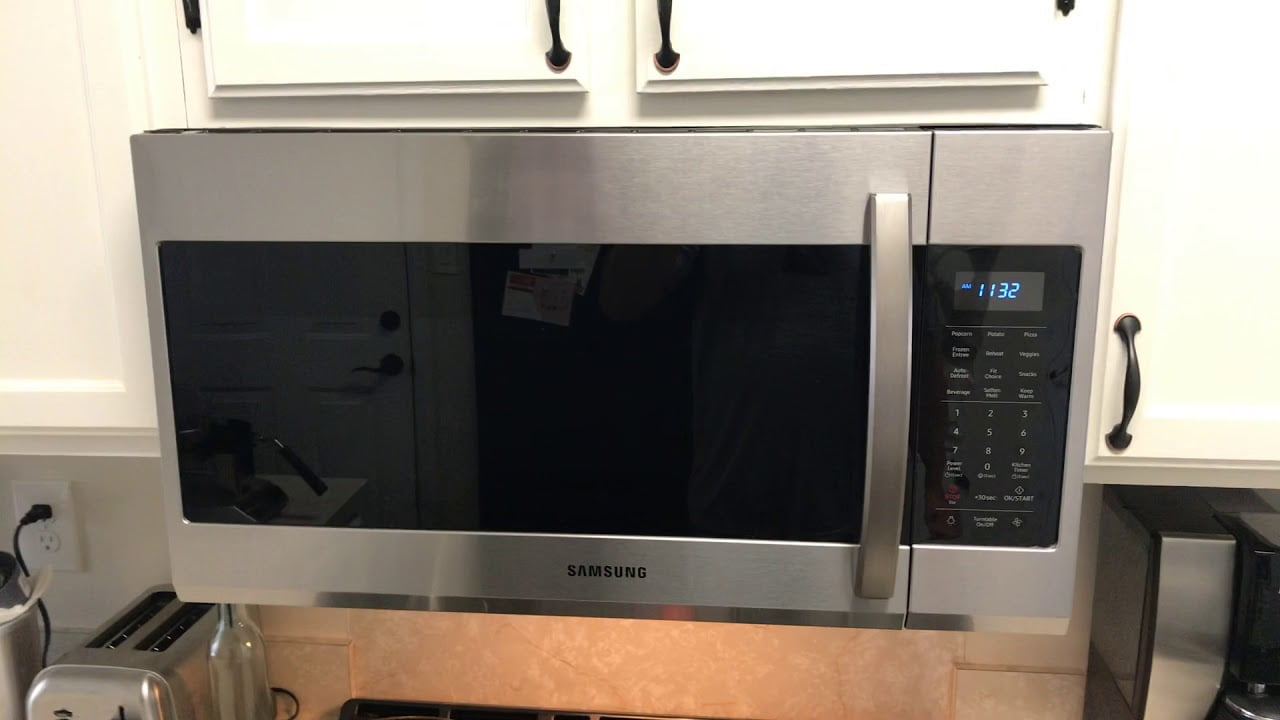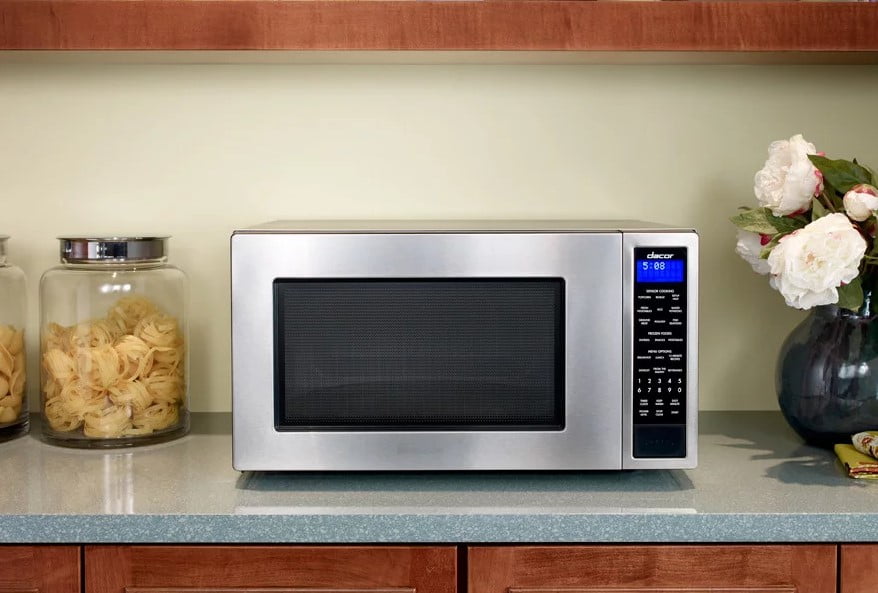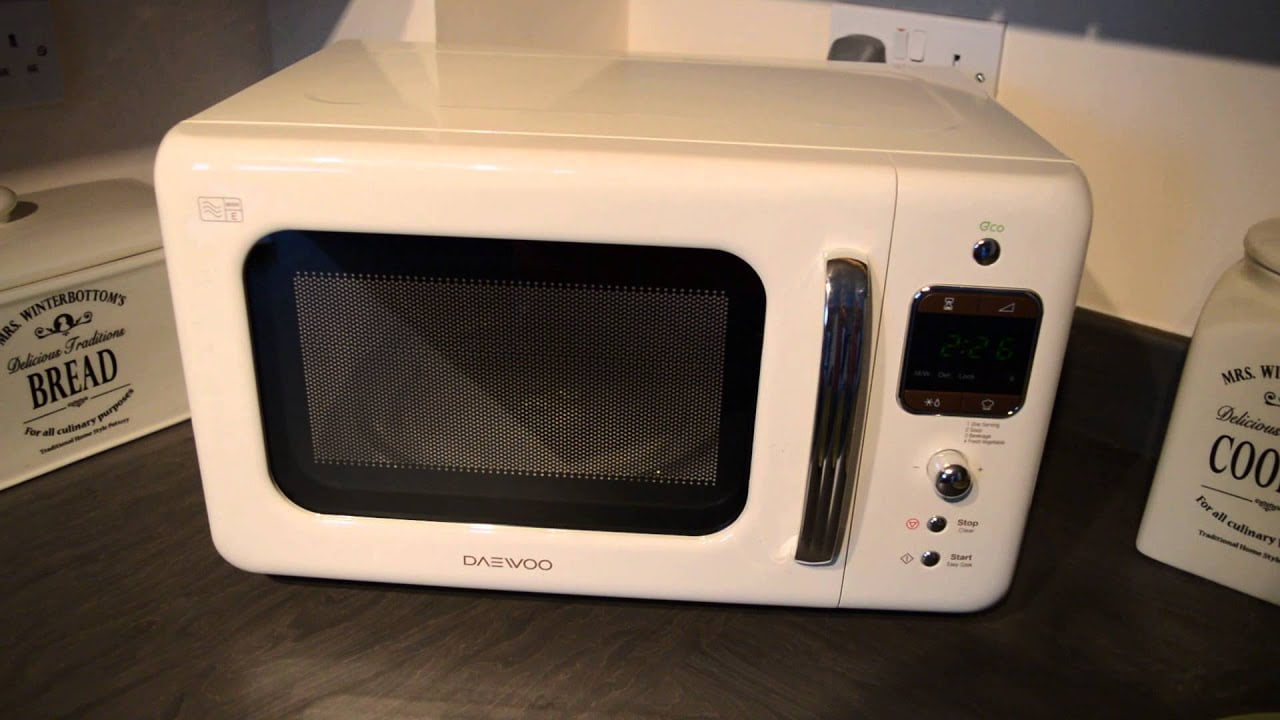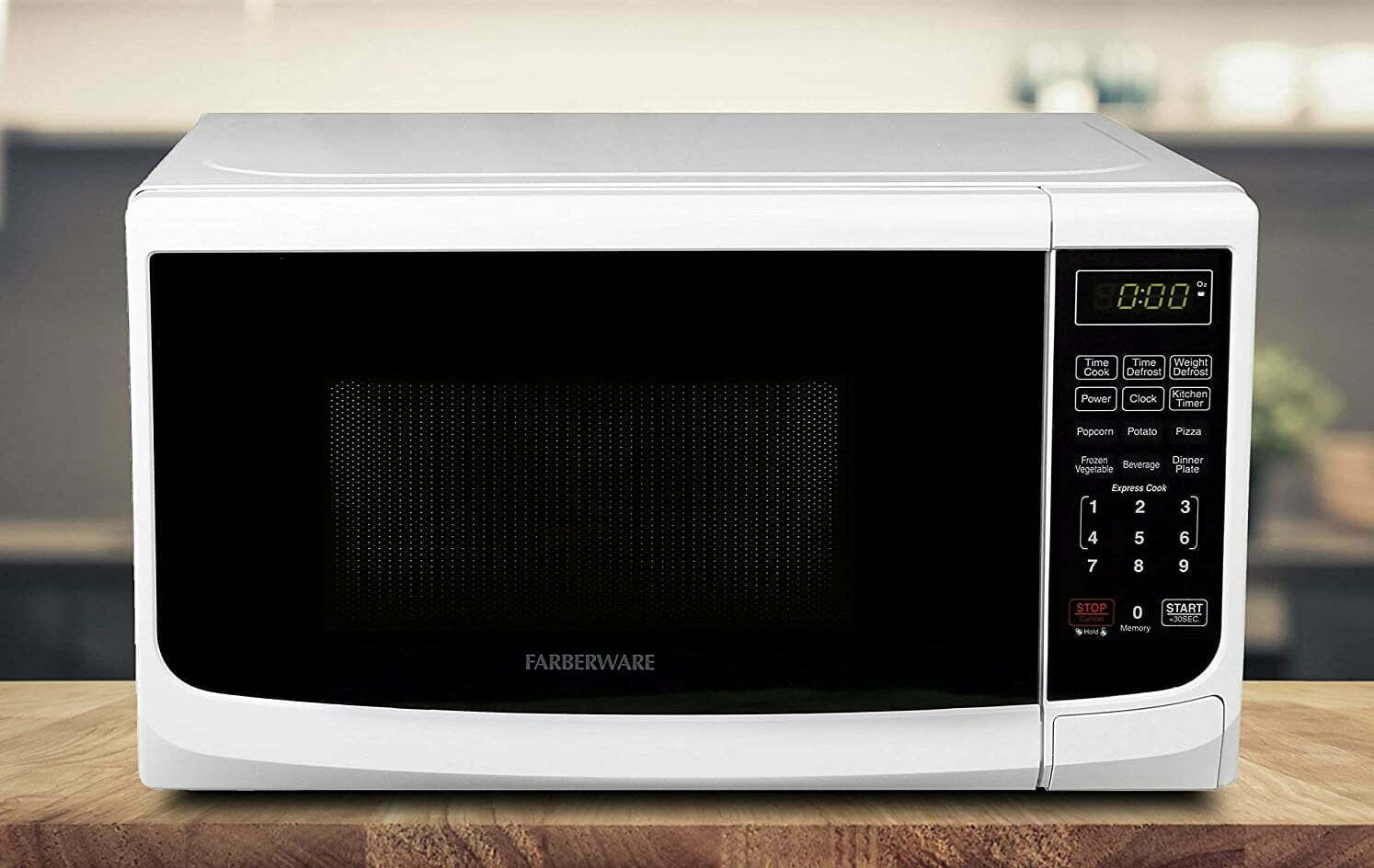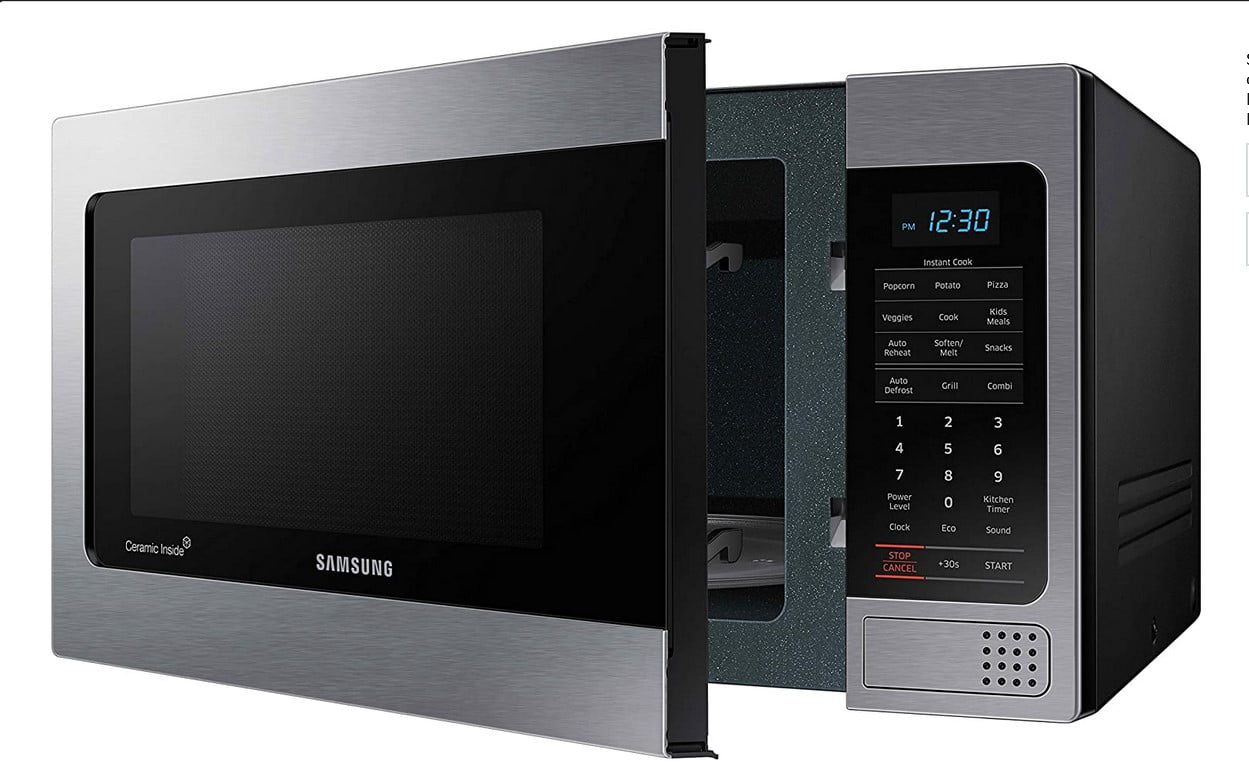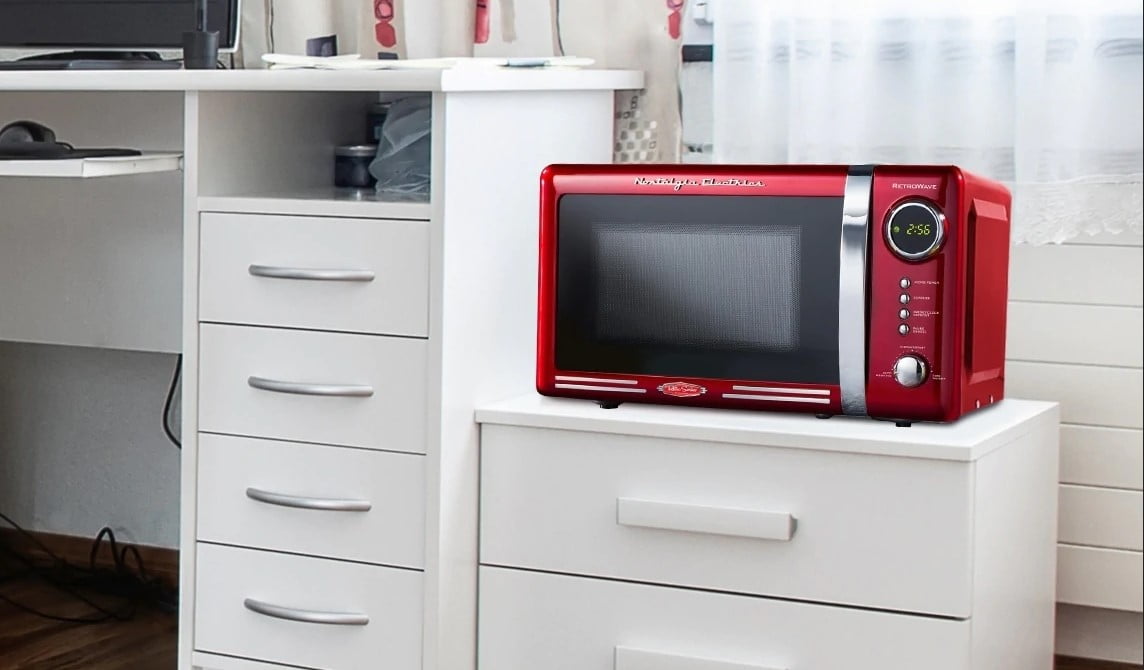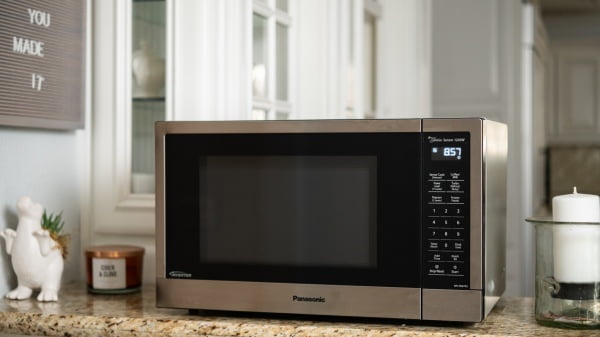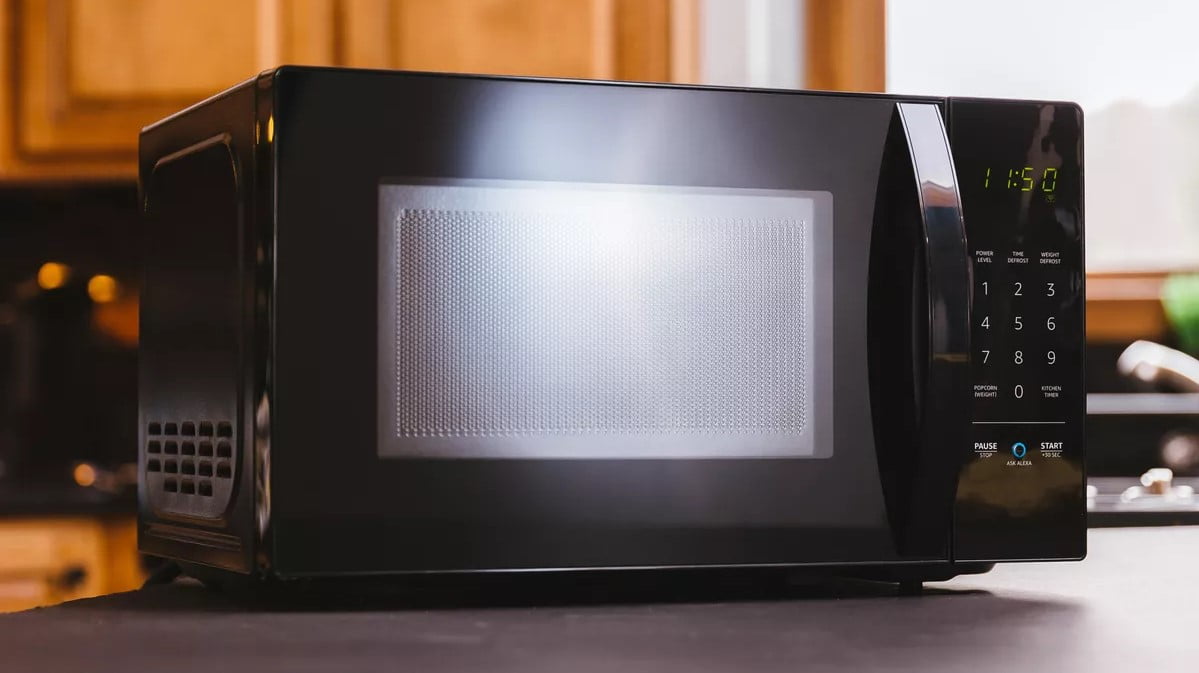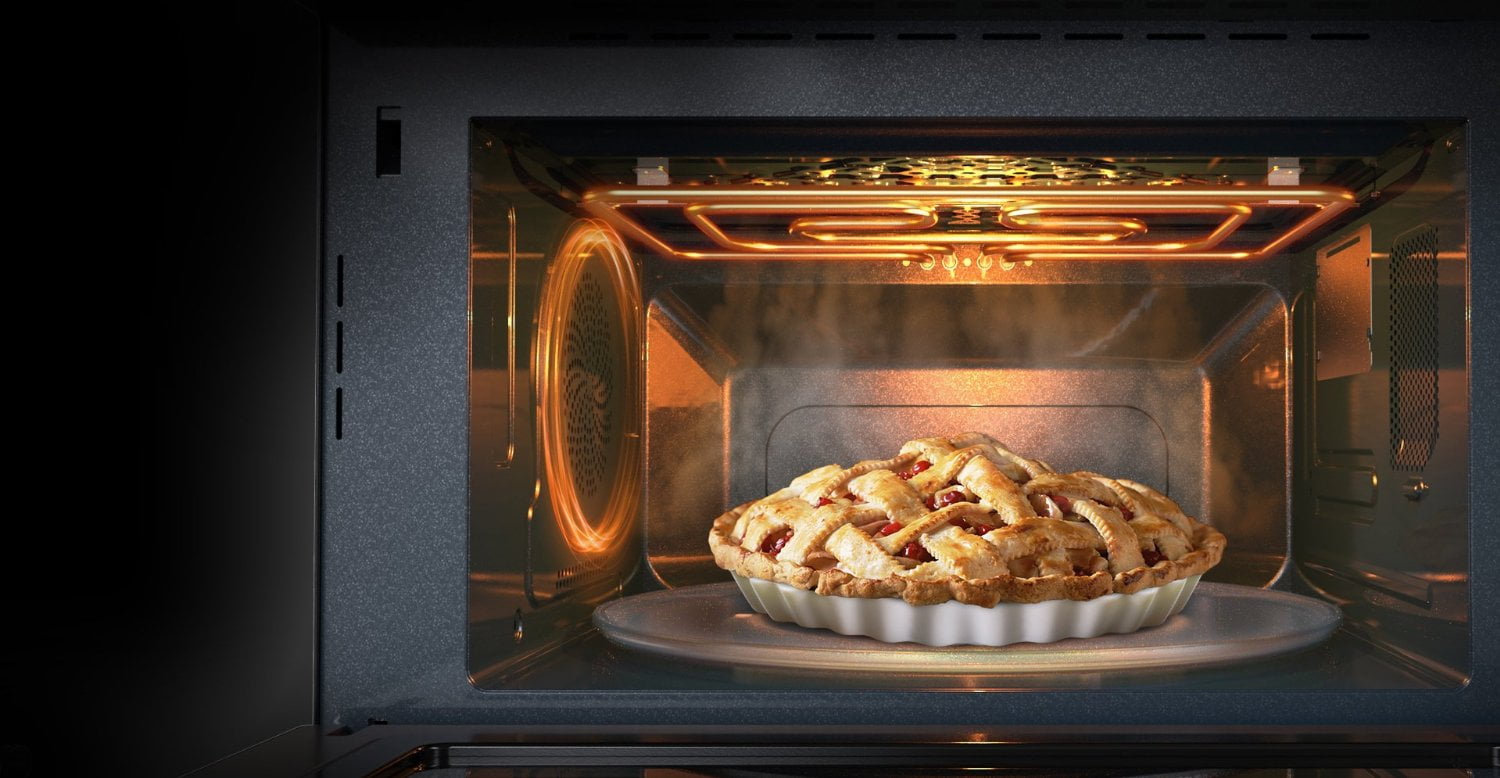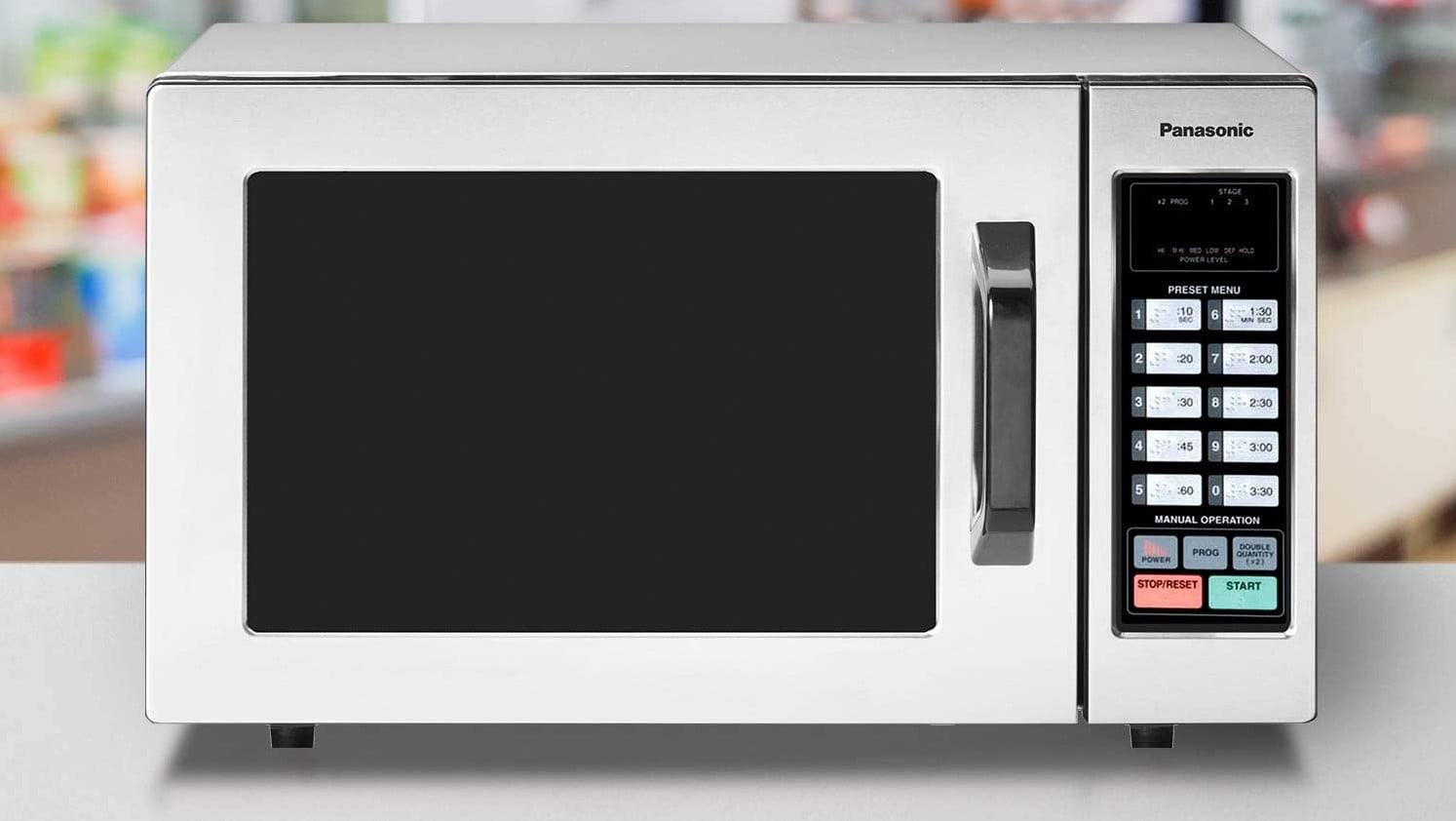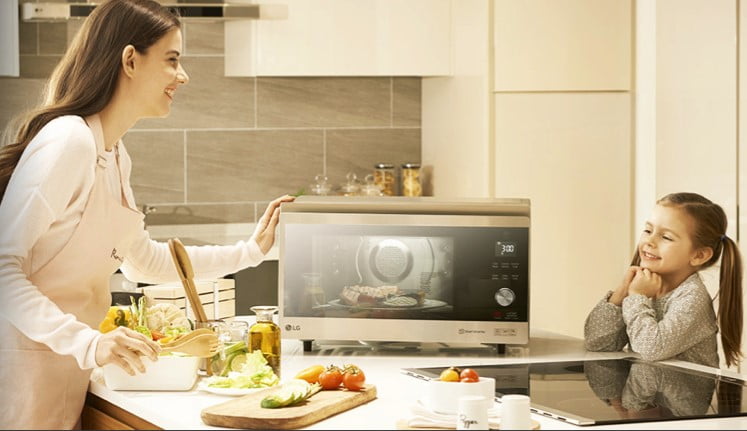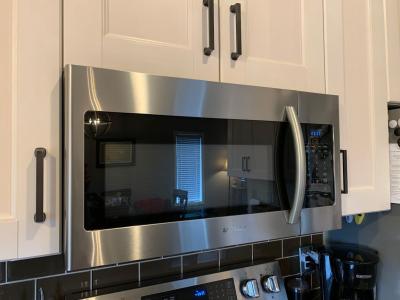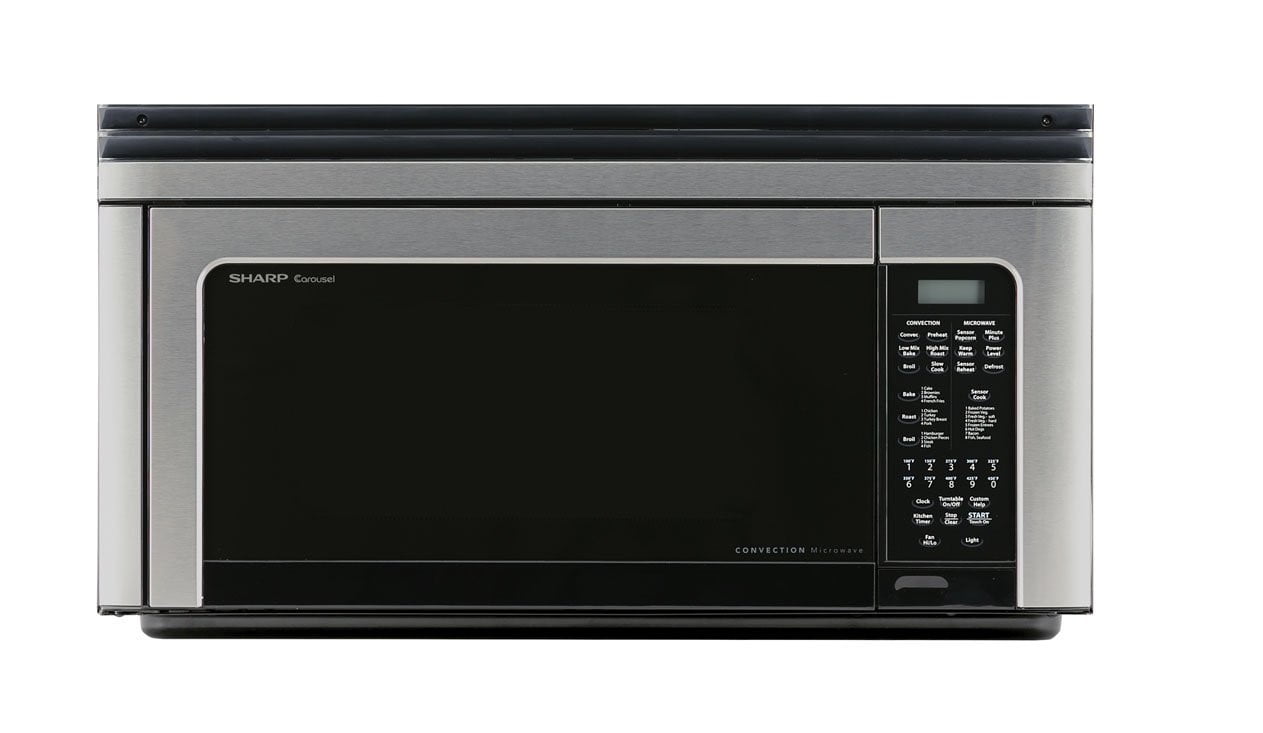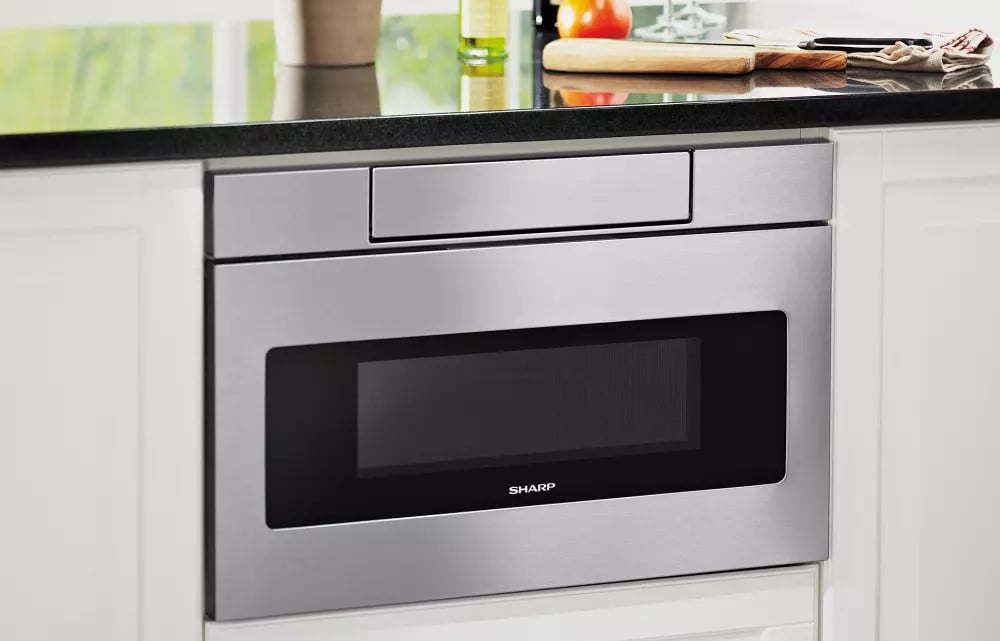What is microwave sensor cooking? Sensor cooking allows microwaves to monitor water content in foods and adjusts cooking times and power levels dynamically for the best results for your dish possible.
KEY TAKEAWAYS:
- A microwave oven sensor works by detecting the moisture, heat, and humidity levels in the foods it’s cooking, allowing for automatic adjustments while cooking.
- Not all microwave ovens have sensor technology built-in, and those that do can differ as to whether sensors function automatically or can be switched off for manual modes.
- Sensors are great for uses like reheating food items, but may not work as well for baking bread or heating complex meals with multiple kinds of ingredients.
While it’s not a technology featured in all microwave ovens, many countertop microwaves and other types offer it, and knowing how it works can help you decide whether it’s a feature you look for when trying to buy the best microwave for your needs. Before you learn about sensor cooking, you may want to look into things like the basics of how to use a microwave.
Insider Tip
Microwave sensors are especially good at reheating food since they automatically detect moisture and internal heat levels in food.
Sensor Cooking Modes
One of the advantages microwave cooking can have over other cooking appliances is the inclusion of a sensor cook option.
Any type of microwave can have a sensor, including built-in microwaves and range microwaves. It’s a technology that can help a delicate food product like fish or fresh vegetables, or a typically difficult to microwave cook product like potatoes use a cook time and power level customized to the specific item in the microwave, even lowering both as it finishes if need be. It’s basically an intelligent automatic cooking mode.
How Microwave Sensor Cooking Works
Simply put, the sensor in a microwave (if it has one) detects moisture, humidity, and heat levels in food (often by cubic foot) and automatically adjusts power levels and cook times, saving wasted minutes checking foods repeatedly.
This allows for more precise cooking customized choice for the specific food item in question, decreasing the likelihood of cold spots, dried-out or rubbery food from overcooking, and other heating issues.
Sensor Cooking Function and Modes
While not all microwaves have auto sensor technology, those that do will either employ the auto sensor automatically, without the option to cook without it, or will have both fully manual cooking modes and cooking modes using the sensor.
A countertop microwave, range microwave, and drawer or built-in microwave all cook the same way and thus those with sensors will use them in the same way, but whether or not sensor mode is selectable will vary greatly from model to model.
Sensors will generally work fine with microwave turntables.
Best Uses of Sensor Modes
Auto sensors on microwaves can provide great results for a variety of foods and cooking applications, though customers report that sensors still tend to work better for some uses than others.
- Sensors are very effective when it comes to reheating food, so if your microwave has a sensor mode, it’s a good idea to use it when reheating food.
- Some more complicated or delicate applications, like bread, large frozen food items, frozen vegetables, or chicken and delicate fish or meats, may not do as well using auto sensor technology and often require precise manual controls, especially in large capacity microwaves.
- Defrost settings on your microwave are usually ideal for that purpose as opposed to sensor modes if the two modes are separately offered.
- Heating a beverage or other liquid doesn’t especially benefit by using sensor technology.
- A menu guide can provide quick answers when in doubt about different cook modes and microwave oven operating.
Warning
Some complex or delicate meals and food items like bread and more delicate fish or meats are more suited to manual cooking controls, as sensor technology often isn’t advanced enough to accurately monitor such items.
F.A.Q.S
How do you disable a microwave sensor?
It depends on the model of microwave you have- some use the sensor function automatically while some allow for switchable manual modes. If your microwave’s sensor functions automatically, it isn’t really possible to disable it. Such modes are usually marked on your control display panel.
Do microwave sensors work through glass?
Yes. Microwave sensors are designed to work with any normal microwave-safe containers or plates, so generally speaking, there should be no issue when using glass containers. Remember that all metals, like stainless steel, are not to be used in microwaves.
Are microwave sensors worth it?
Microwave ovens with auto sensor technology, much like those with inverter technology, tend to be more expensive than those without (including countertop models), so it’s worth asking. Sensors work very well for reheating foods and should work well for most other uses, but some more delicate or complex meals may require strictly manual cooking modes.
STAT: Microwave sensors in ovens use the same basic technology as those made to measure seafloor temperature fluctuations. (source)
STAT: The basic technology of microwave sensors was first introduced in the 1940s. (source)
STAT: As of 2021, only about half of the microwave ovens on the market have built-in sensor technology. (source)
REFERENCES:
- https://en.wikipedia.org/wiki/Microwave_oven
- https://wiki.dfrobot.com/MicroWave_Sensor_SKU__SEN0192
- https://www.sciencedirect.com/science/article/abs/pii/S0065262808600828r
- https://www.youtube.com/watch?v=GAqTTOMDJ9s&ab_channel=schaeferstv
- https://www.youtube.com/watch?v=yM_I2G6dFOo
- https://www.ncbi.nlm.nih.gov/pmc/articles/PMC4657497/

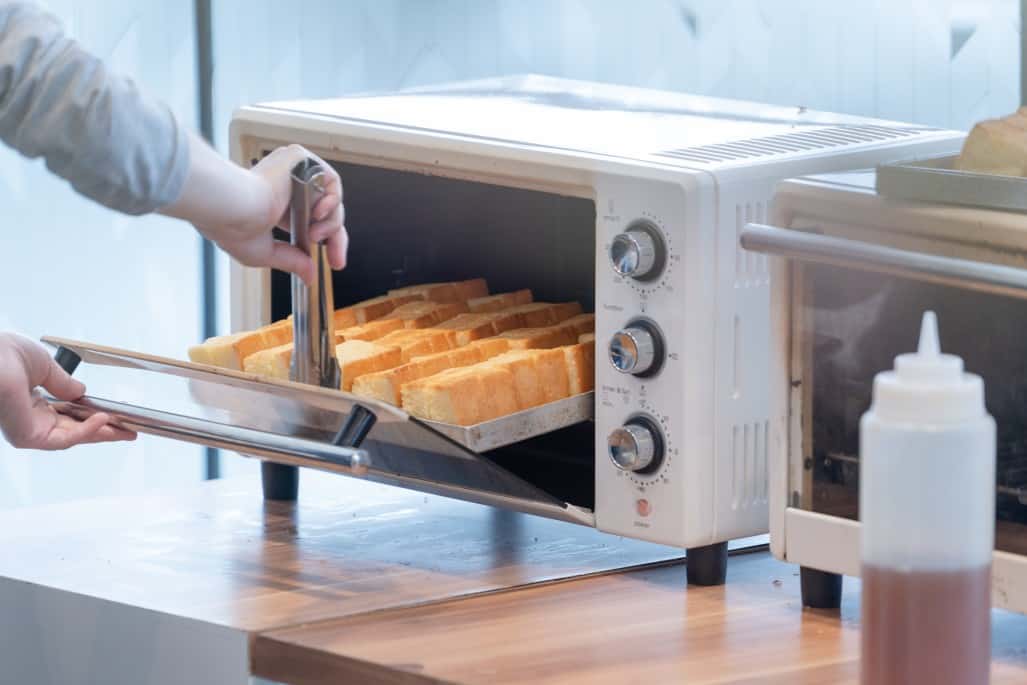













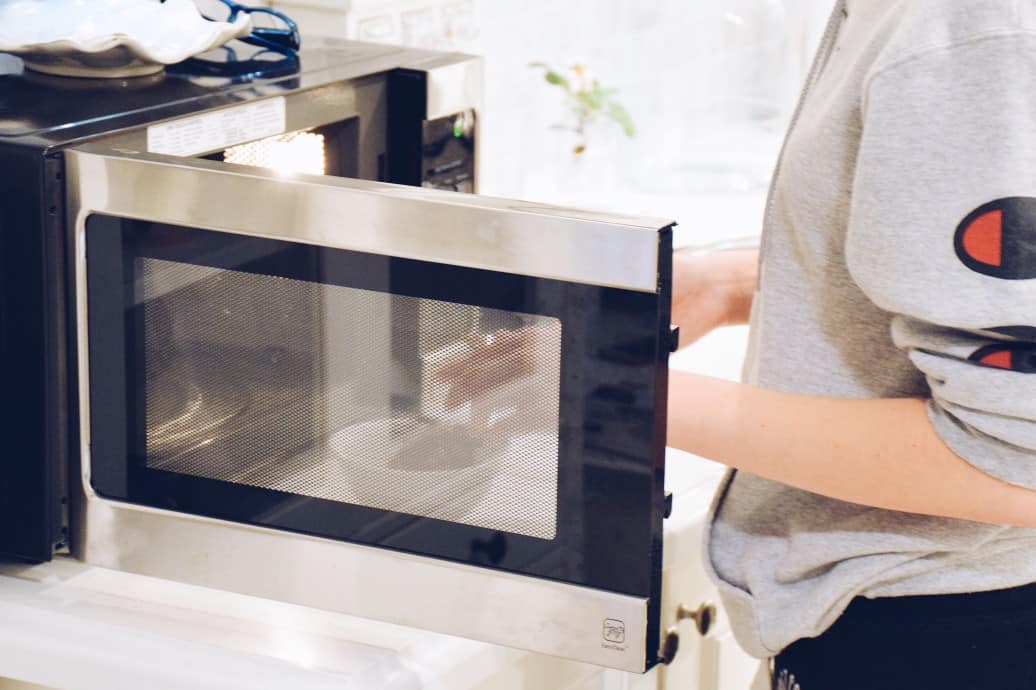
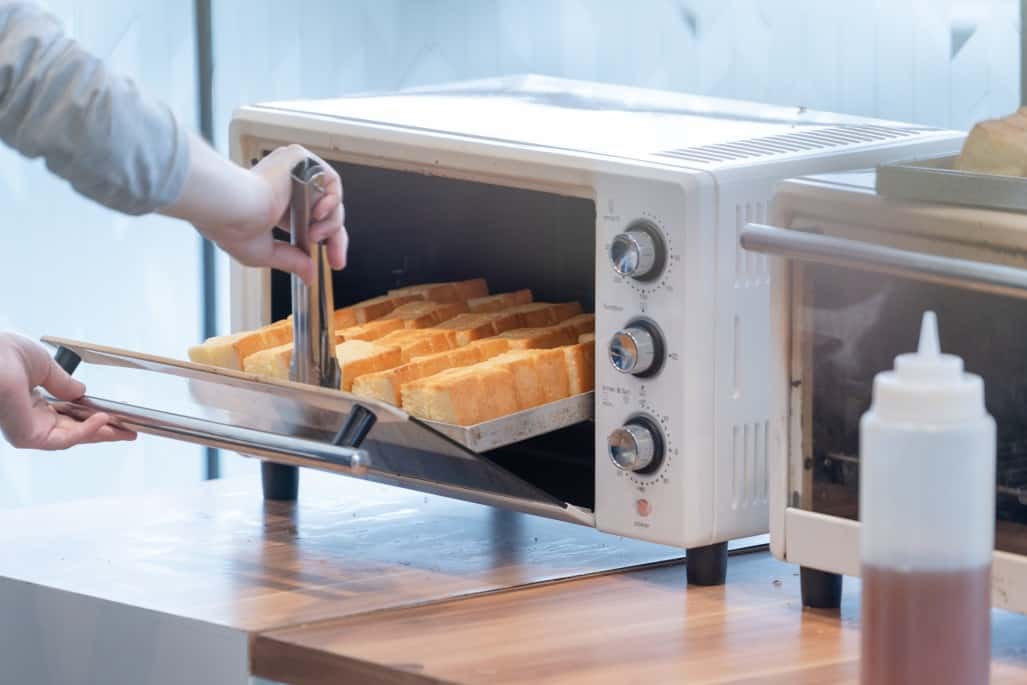
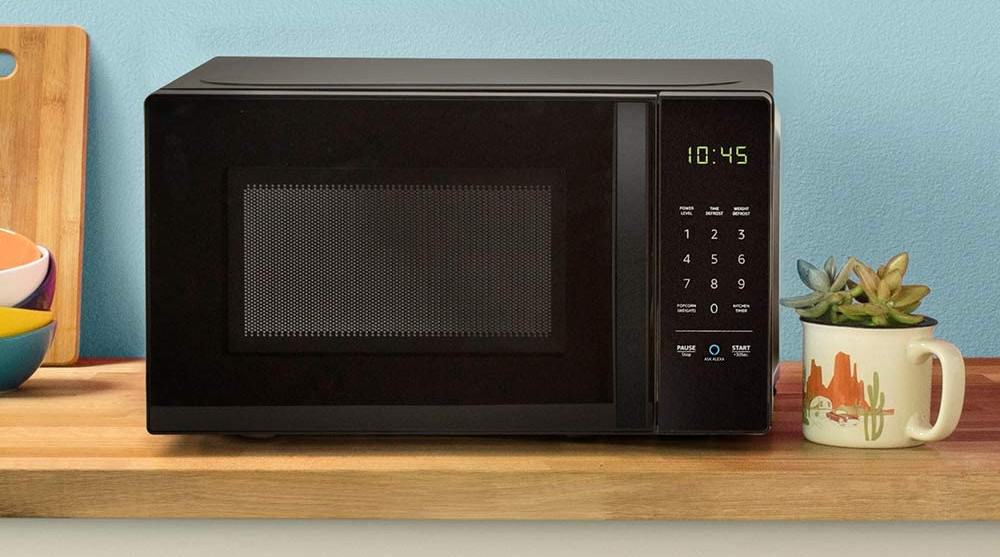
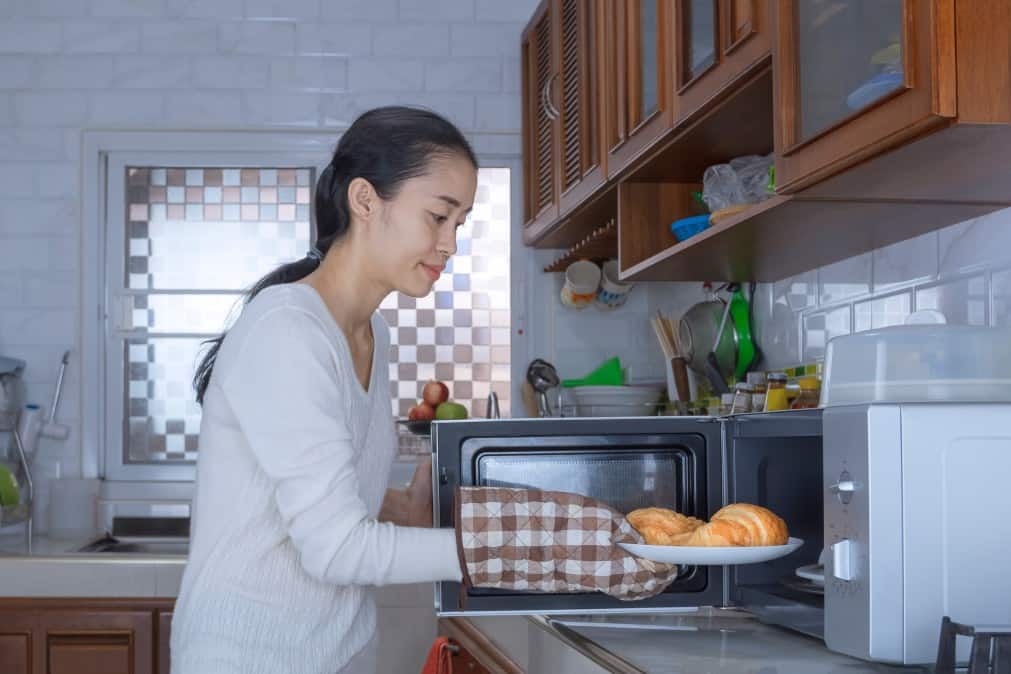
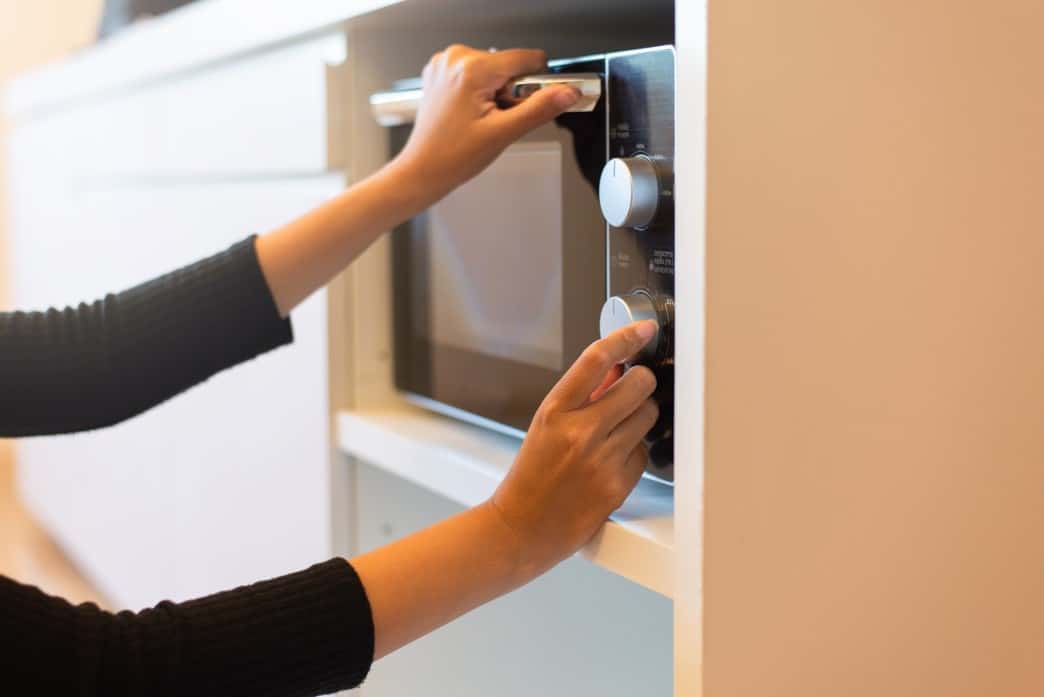
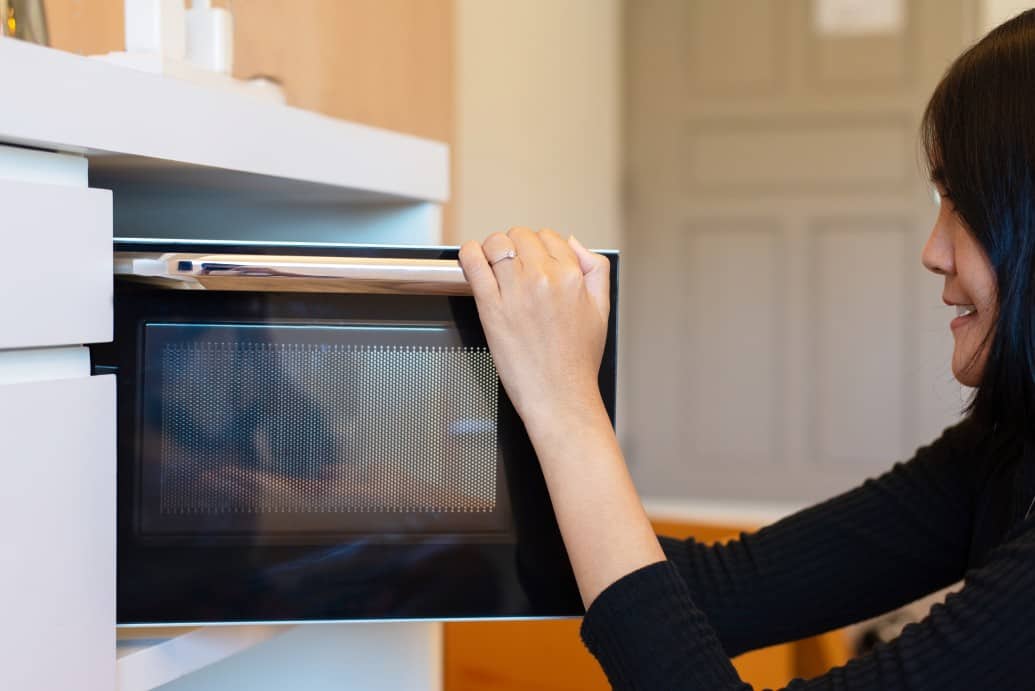
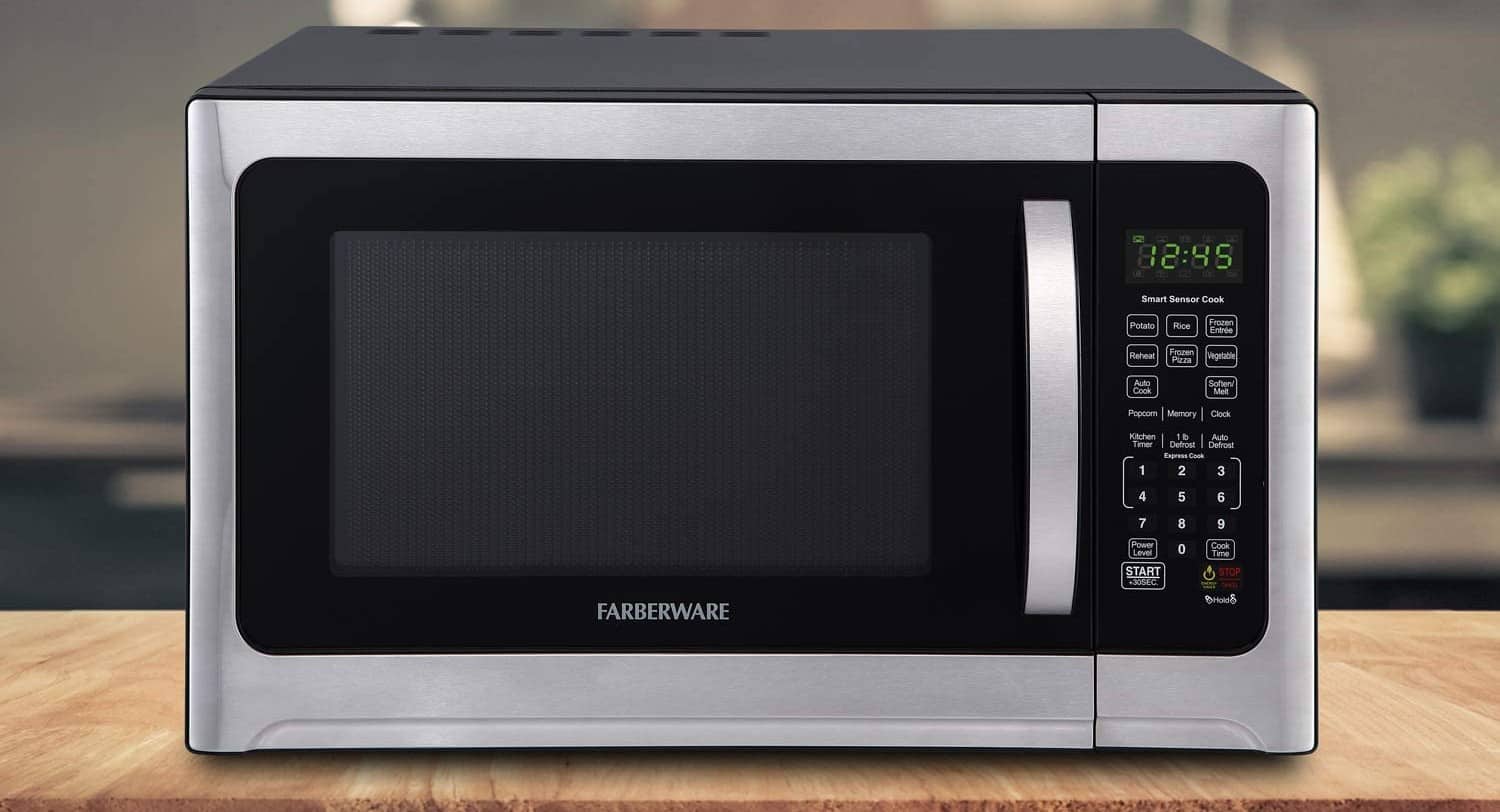
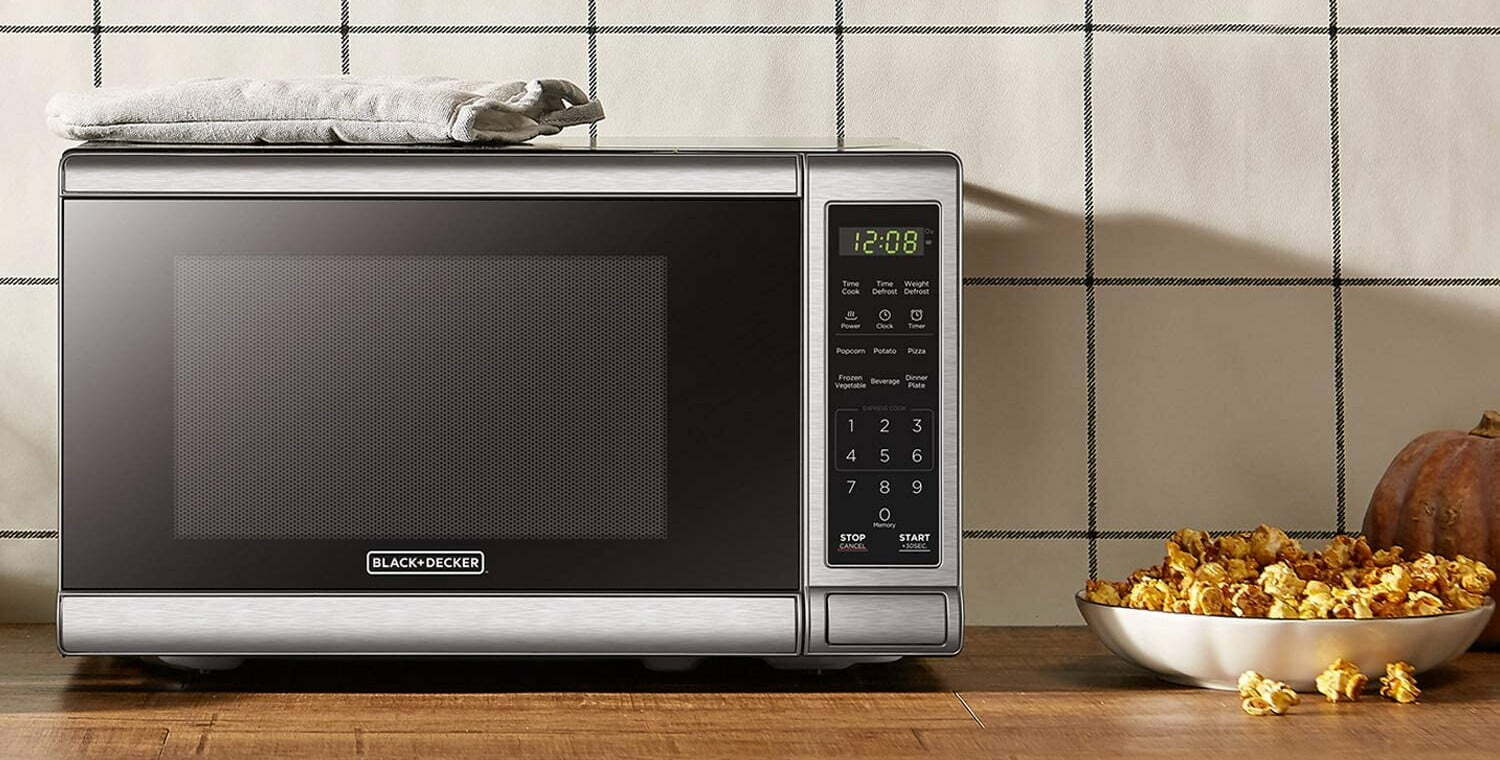
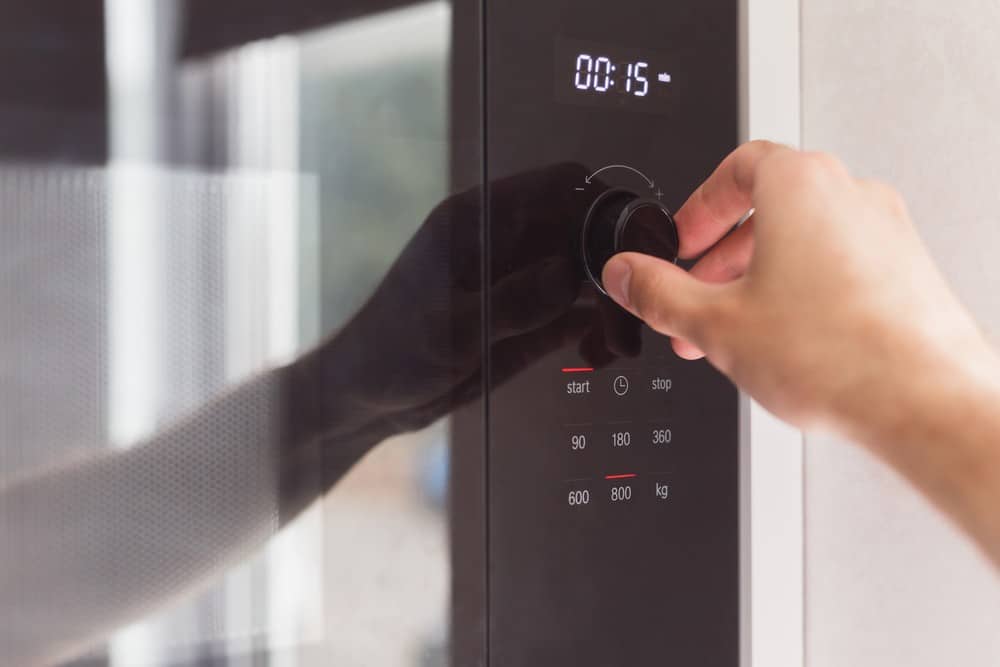
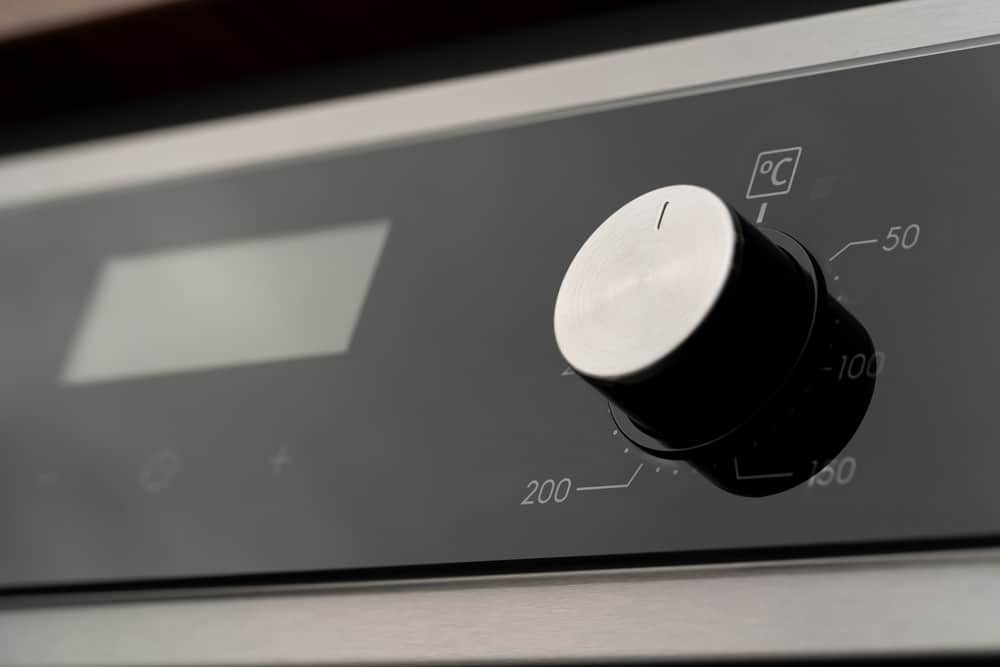
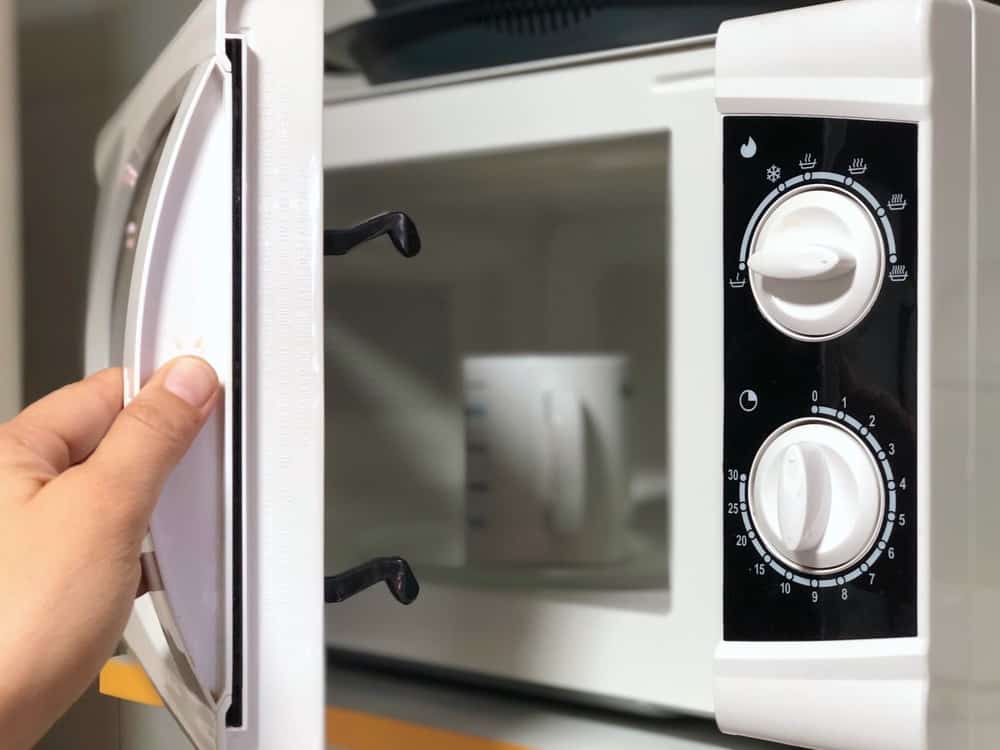
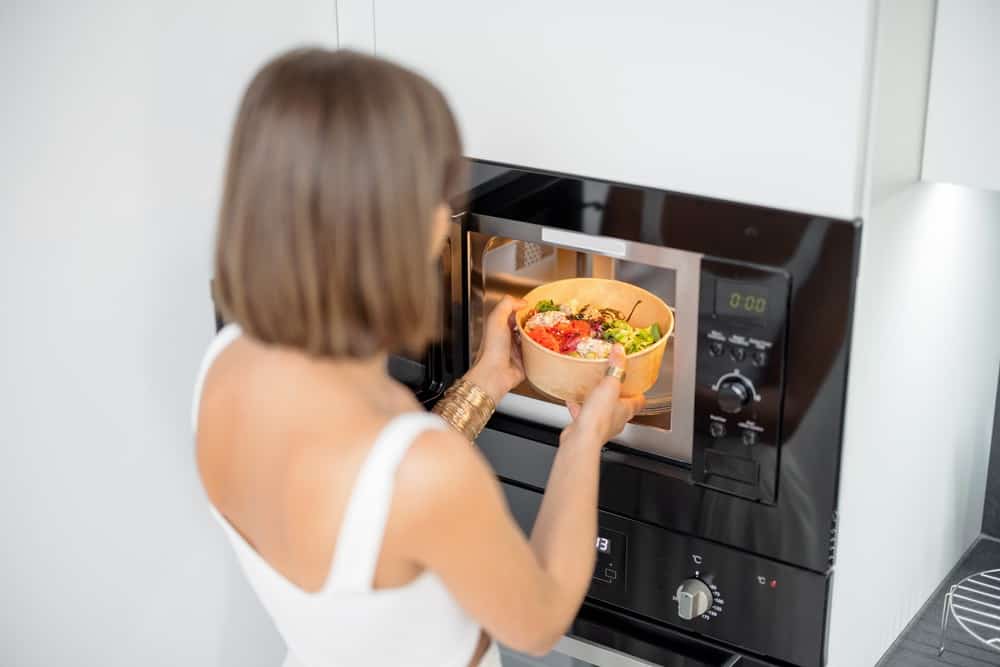
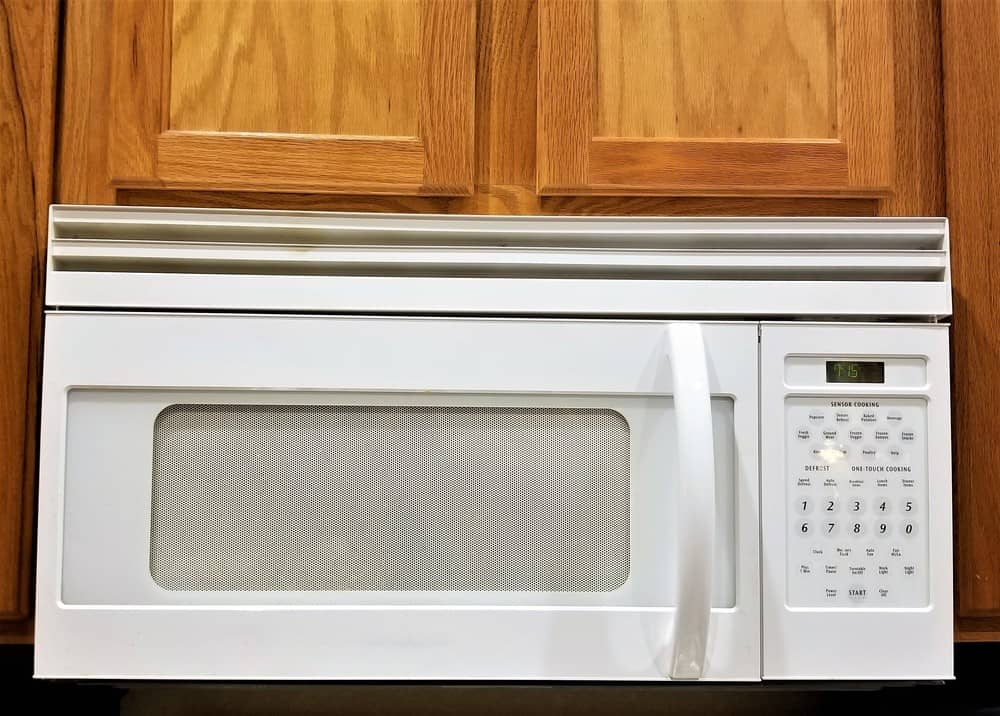
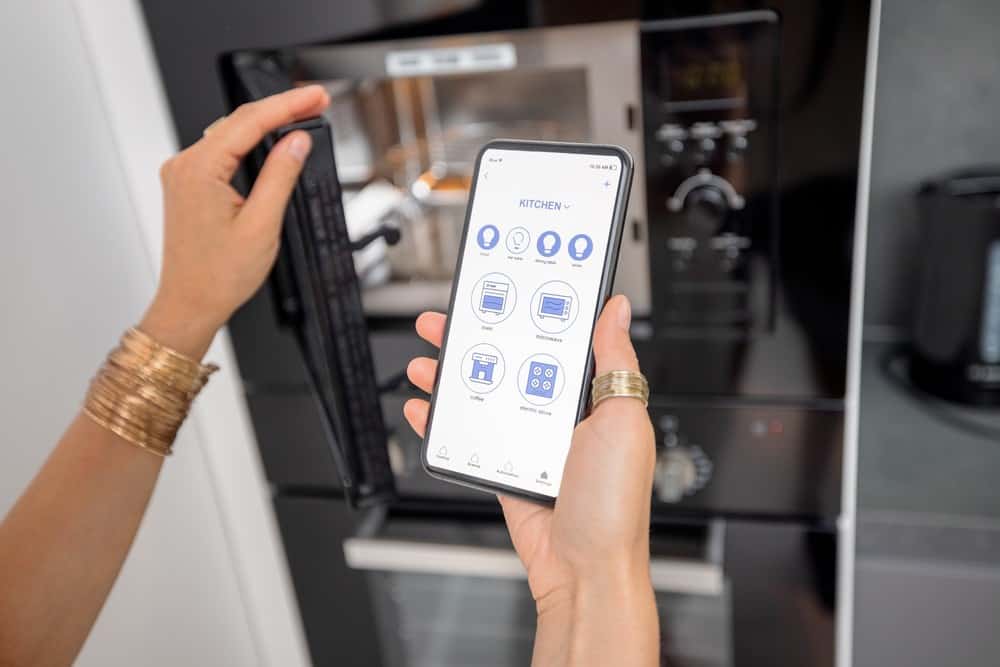
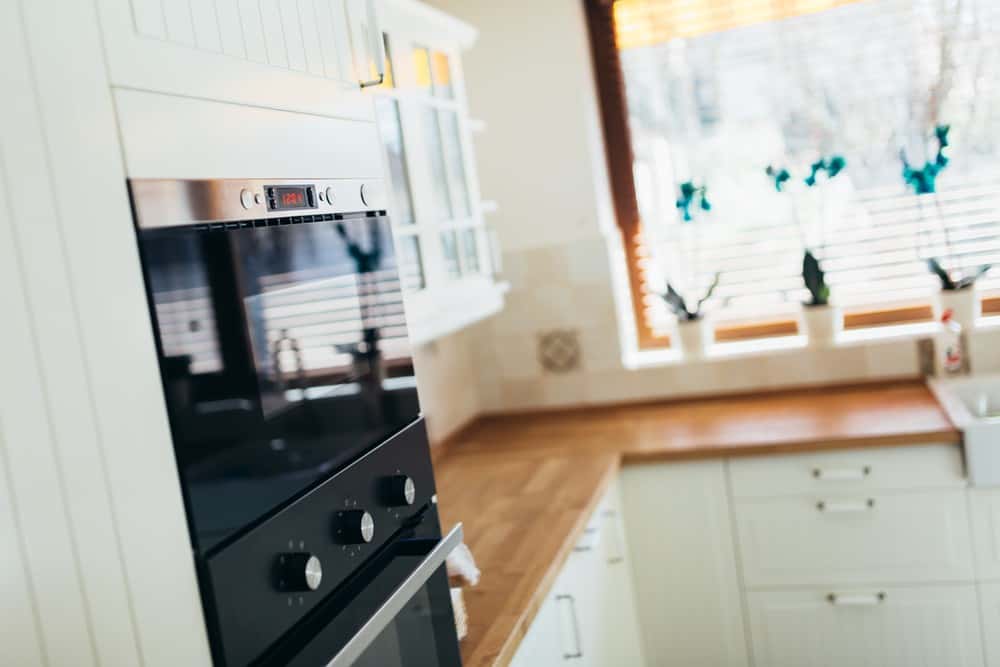
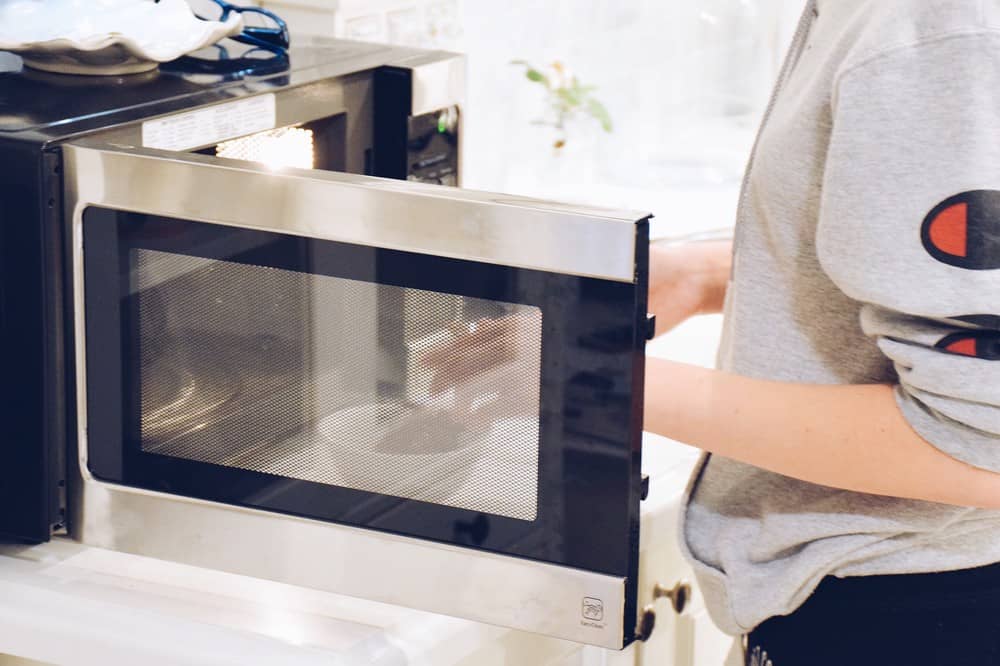

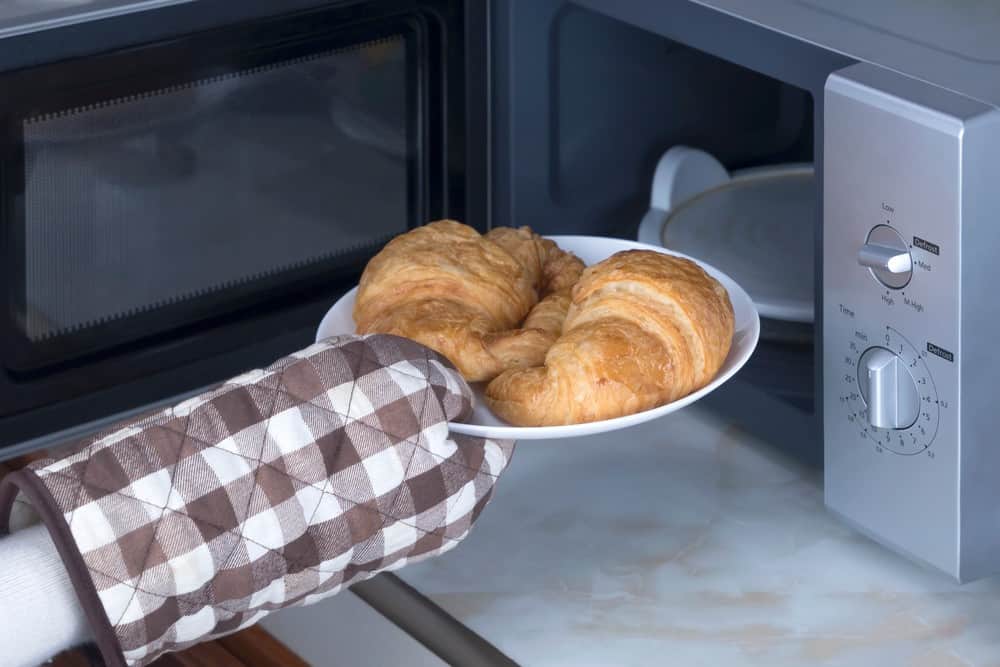
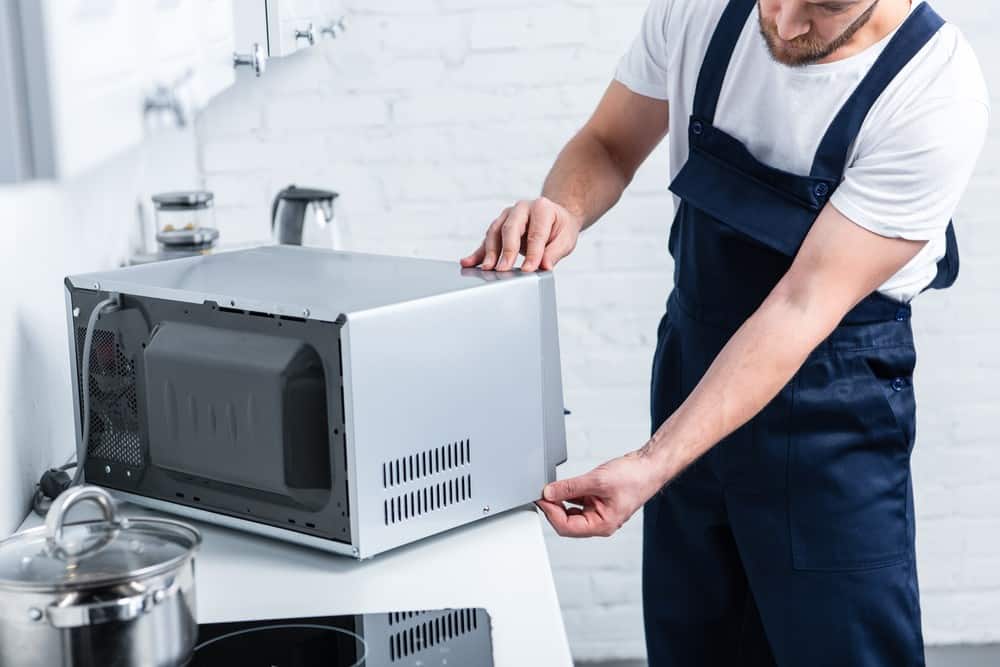
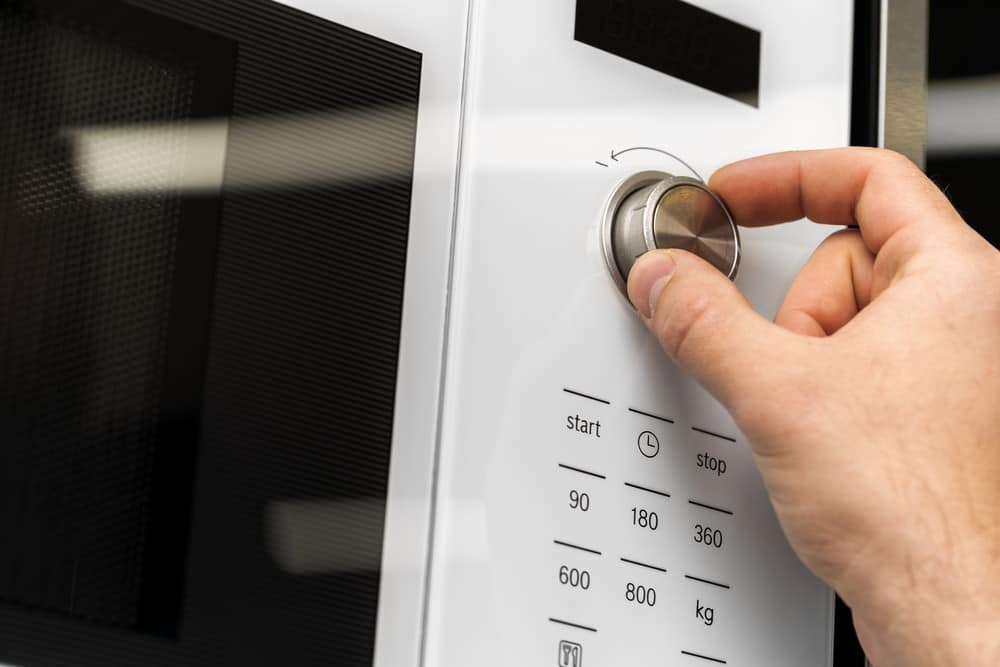
![Best Kitchen Appliances in [year] ([month] Reviews) 27 Best Kitchen Appliances in 2025 (December Reviews)](https://www.gadgetreview.dev/wp-content/uploads/best-kitchen-appliances.jpg)
![Best Whirlpool Microwaves in [year] 28 Best Whirlpool Microwaves in 2025](https://www.gadgetreview.dev/wp-content/uploads/best-whirlpool-microwaves-image.jpg)
![Best Microwave Drawers in [year] 29 Best Microwave Drawers in 2025](https://www.gadgetreview.dev/wp-content/uploads/best-microwave-drawer-image.jpg)
![Best Quiet Microwaves in [year] 30 Best Quiet Microwaves in 2025](https://www.gadgetreview.dev/wp-content/uploads/best-quiet-microwave-image.jpg)
![Best LG Microwaves in [year] 31 Best LG Microwaves in 2025](https://www.gadgetreview.dev/wp-content/uploads/best-lg-microwaves-image.jpg)
![Best Microwaves in [year] ([month] Reviews) 32 Best Microwaves in 2025 (December Reviews)](https://www.gadgetreview.dev/wp-content/uploads/best-microwaves-image.jpg)
![Best Over the Range Convection Microwaves in [year] 33 Best Over the Range Convection Microwaves in 2025](https://www.gadgetreview.dev/wp-content/uploads/best-over-the-range-convection-microwave-image.jpg)
![Best Retro Microwaves in [year] 34 Best Retro Microwaves in 2025](https://www.gadgetreview.dev/wp-content/uploads/best-retro-microwave-image.jpg)
![Best GE Microwaves in [year] 35 Best GE Microwaves in 2025](https://www.gadgetreview.dev/wp-content/uploads/best-ge-microwaves-image..jpg)
![10 Best Samsung Microwaves in [year] 36 10 Best Samsung Microwaves in 2025](https://www.gadgetreview.dev/wp-content/uploads/best-samsung-microwaves-image.jpg)
![10 Best Microwaves for Seniors in [year] 37 10 Best Microwaves for Seniors in 2025](https://www.gadgetreview.dev/wp-content/uploads/best-microwaves-seniors-image.jpg)
![10 Best Microwave Toaster Oven Combo in [year] 38 10 Best Microwave Toaster Oven Combo in 2025](https://www.gadgetreview.dev/wp-content/uploads/best-microwave-toaster-oven-combo-scaled-1.jpg)
![10 Best Panasonic Microwaves in [year] 39 10 Best Panasonic Microwaves in 2025](https://www.gadgetreview.dev/wp-content/uploads/best-panasonic-microwaves.jpg)
![10 Best Microwaves for College Dorms in [year] 40 10 Best Microwaves for College Dorms in 2025](https://www.gadgetreview.dev/wp-content/uploads/best-microwaves-for-college-dorms.jpg)
![10 Best Compact Microwaves in [year] 41 10 Best Compact Microwaves in 2025](https://www.gadgetreview.dev/wp-content/uploads/best-compact-microwave-image.jpg)
![10 Best Convection Microwave Ovens in [year] 42 10 Best Convection Microwave Ovens in 2025](https://www.gadgetreview.dev/wp-content/uploads/best-convection-microwave-oven-image.jpg)
![10 Best Built In Microwaves in [year] 43 10 Best Built In Microwaves in 2025](https://www.gadgetreview.dev/wp-content/uploads/best-built-in-microwave-image.jpg)
